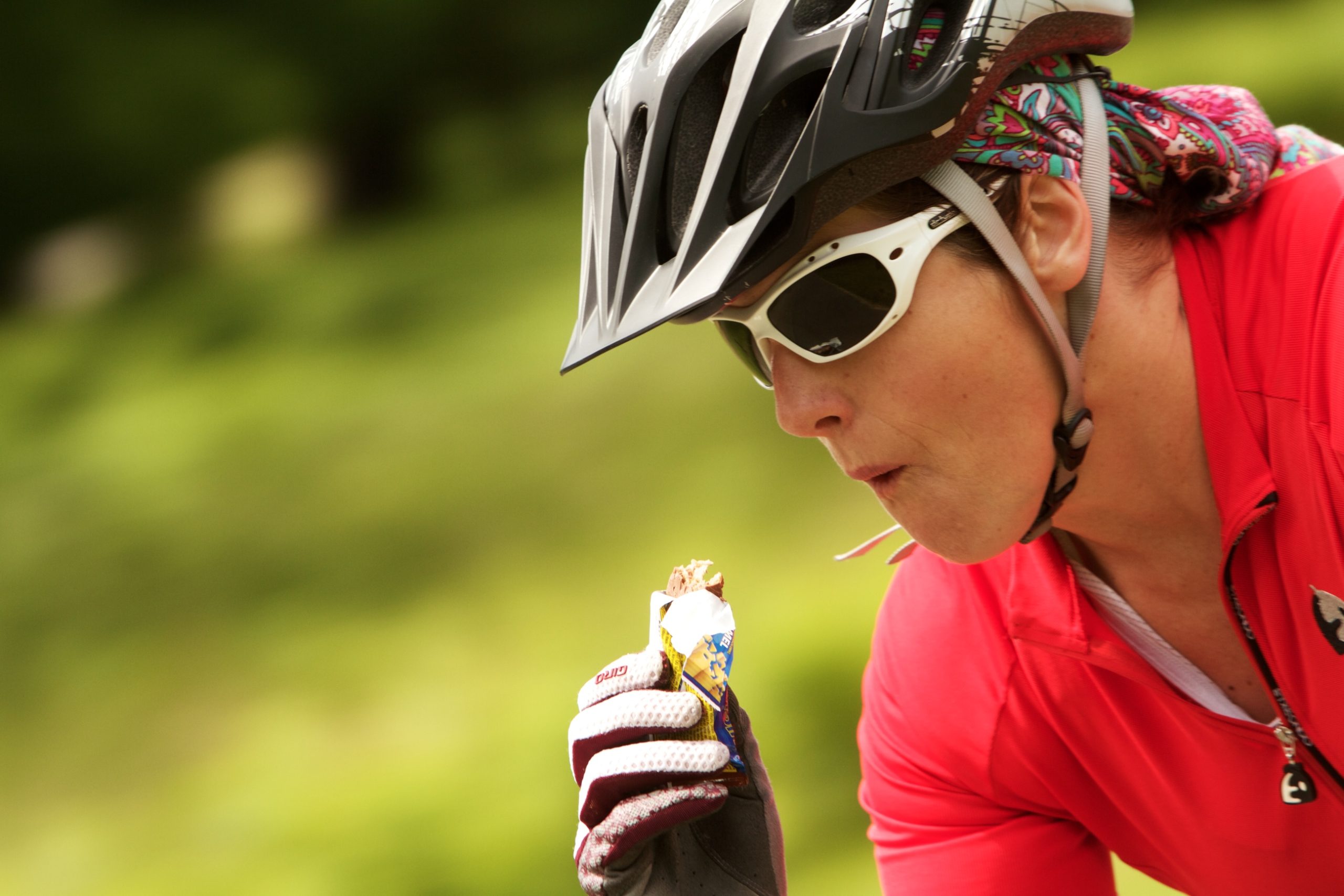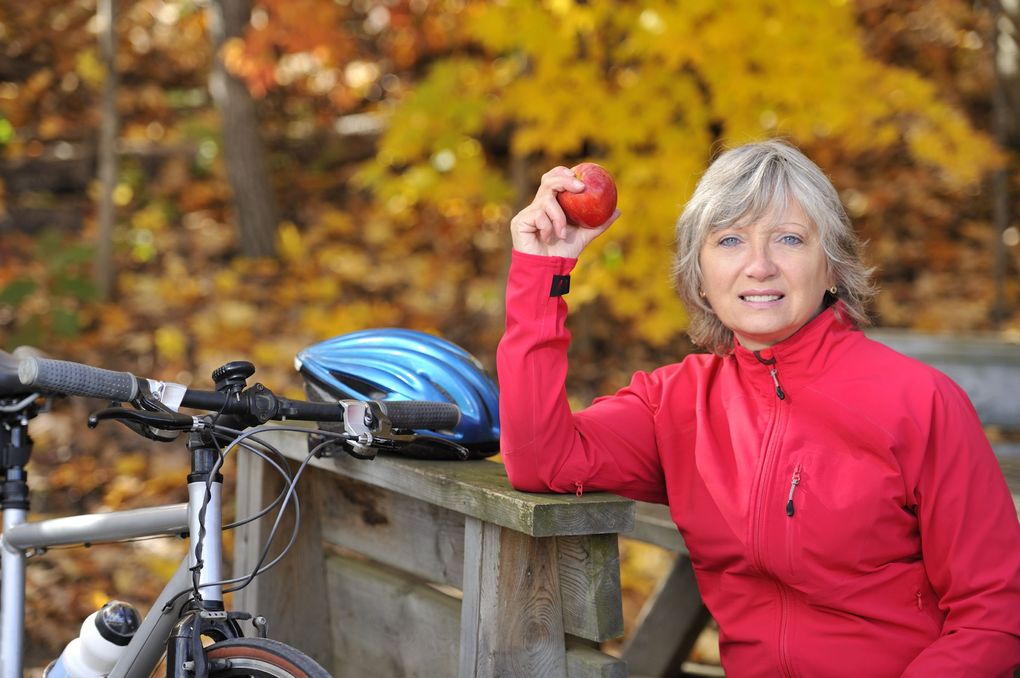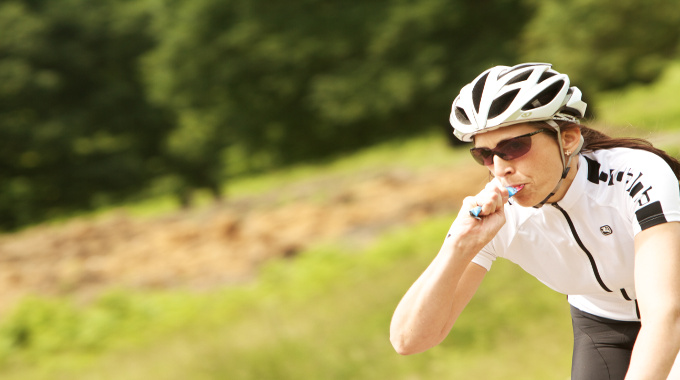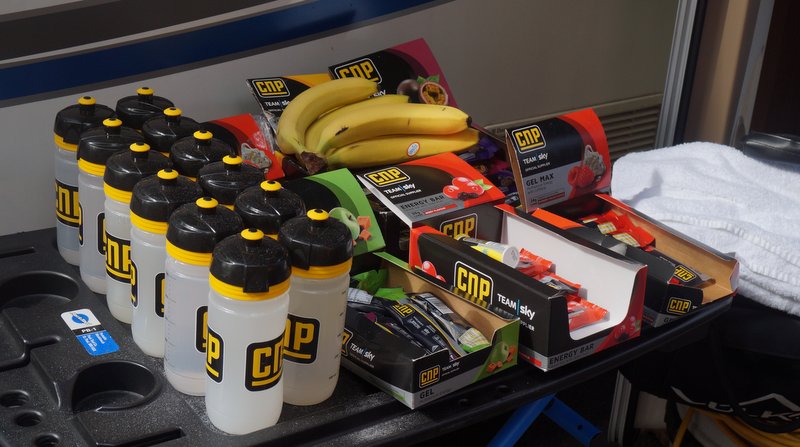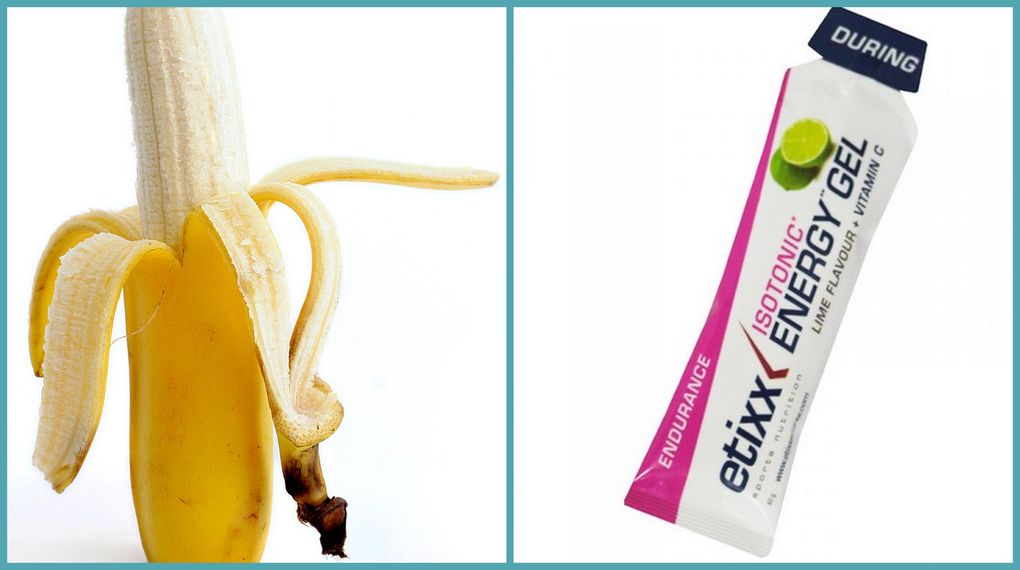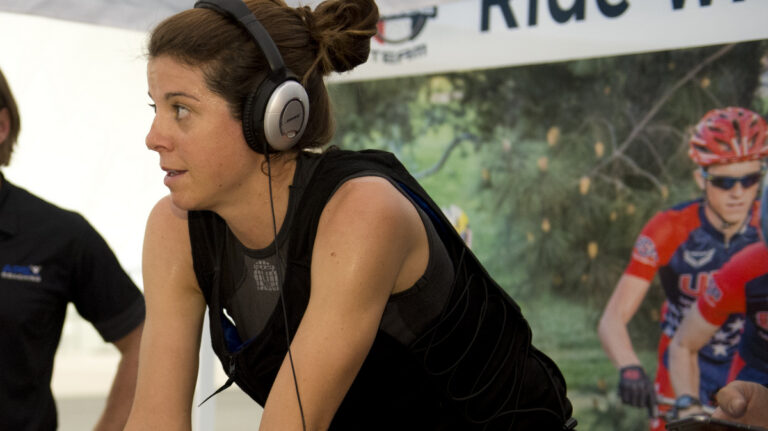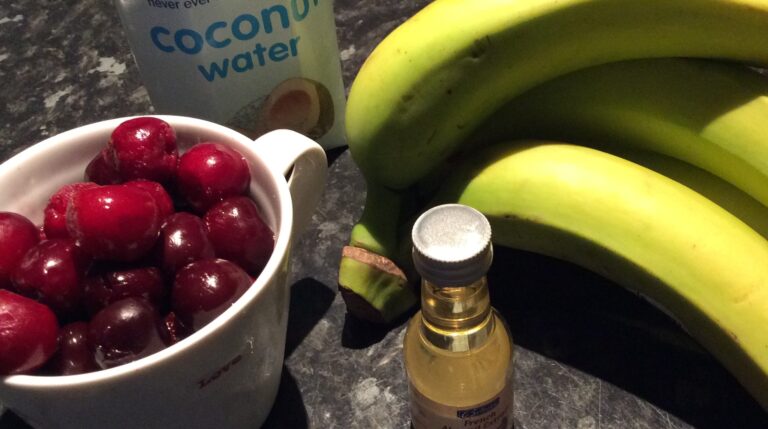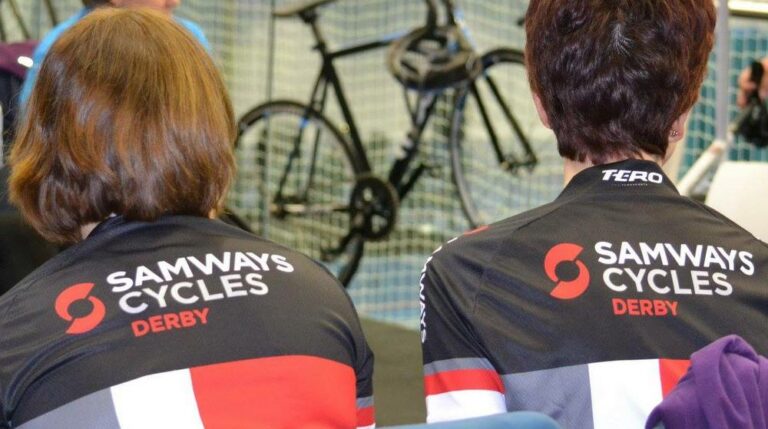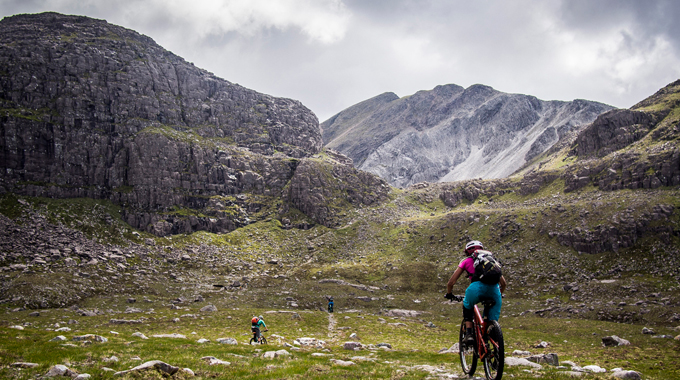Over longer bike rides, you need to keep eating – you can burn around 500 calories an hour, so over a three hour bike ride you’re going to need to top up the energy stores.
Some riders down energy gels and bars or use an energy drink to gradually drip feed them with calories, whilst others prefer to munch on home-made sarnies and more ‘normal’ food. We asked Charlotte Kennedy, a sports nutritionist at Etixx, what she thought, and quizzed a couple of pro cyclists.
Here’s what we found…
Real Food
Normal food is simple – it’s usually not too expensive, obviously pretty readily available, and most items can be easily wrapped up in foil or plastic to keep from ruining your jersey pockets. Charlotte said: “Normal food can be a great option for people that haven’t experimented much with taking on fuel during exercise. It allows you to tailor your consumption based on preferences, taste and what’s in your kitchen cupboard!
“Some good options of food include dates, ripe bananas and jam sandwiches (with peanut butter!). Real food is a great option when you’re out on very long rides as the sugary tastes of energy products can get sickening! This gives you the freedom to take savoury snacks as well.”
It’s not ideal for everyone – she explains: “However, some people find real food hard to digest and it can leave them experiencing GI distress and discomfort. Not only this, but carrying lots of real food options can be sometimes challenging. In these situations, energy products will come in very useful.”
Good options:
- Ripe bananas
- Power balls – recipes here
- Flapjacks – recipes here
- Rolls with ham and cheese, peanut butter or jam

